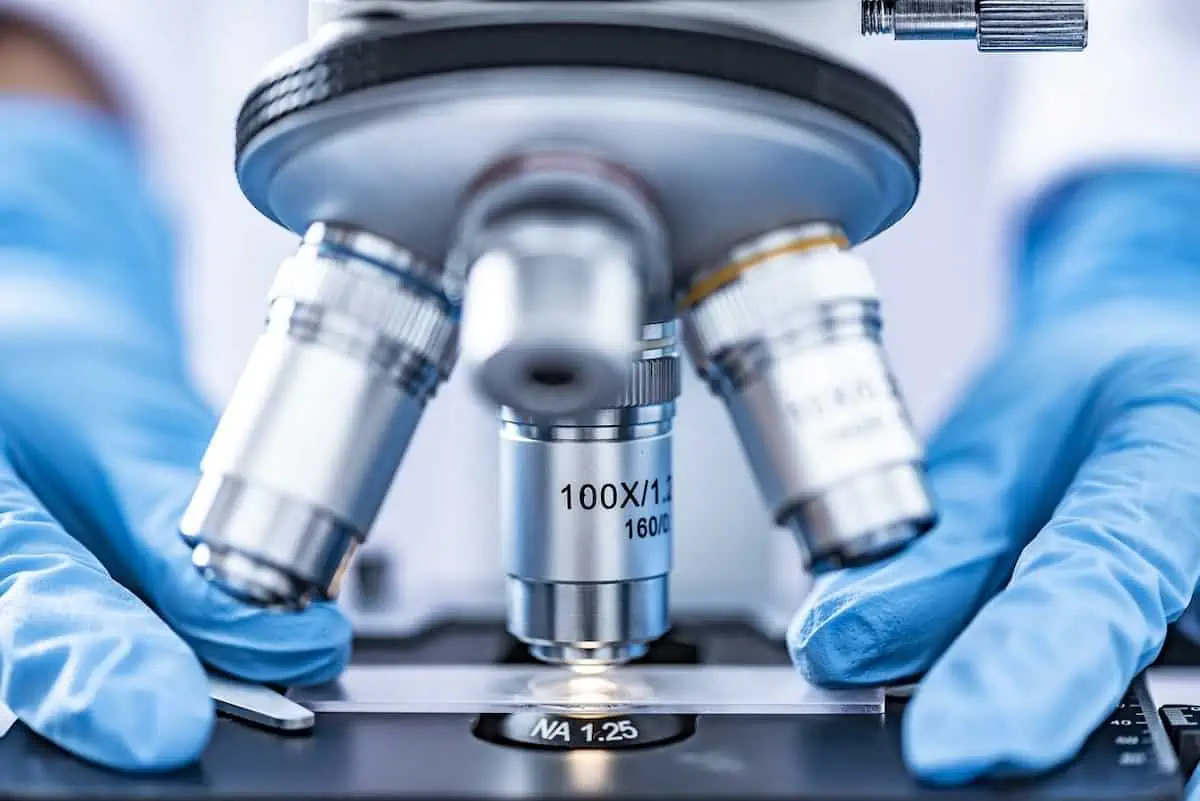The advancement of biotechnology has been significantly propelled by the development of innovative cell culture technologies. Among these, hollow fiber bioreactors (HFBs) have emerged as a game-changing tool, revolutionizing the way researchers cultivate cells.
This comprehensive article delves into the world of HFBs, exploring their impact on biotechnology, unique features, and the potential they hold for the future.
1. Introduction to Hollow Fiber Bioreactors
Hollow fiber bioreactors are sophisticated cell culture systems that utilize a network of hollow fibers to provide a high surface area for cell growth. These fibers allow for efficient nutrient supply and waste removal, mimicking the physiological environment of living tissues.
2. The Mechanism of Hollow Fiber Bioreactors
In HFBs, cells are grown around or inside hollow fibers made from semi-permeable materials. The fibers facilitate the exchange of gases, nutrients, and metabolic waste, creating a dynamic environment for robust cell growth.
Statistic: Studies show that HFBs can achieve cell densities up to 10 times higher than traditional flat-layer cultures.
3. Advantages of Using HFBs in Cell Cultivation
- Enhanced Cell Density and Viability: HFBs support higher cell densities and prolonged cell viability compared to traditional methods.
- Efficient Use of Space: The compact design of HFBs allows more efficient use of laboratory space.
- Improved Product Quality: The controlled environment in HFBs can lead to higher quality and consistency in cell products.
4. Applications of Hollow Fiber Bioreactors in Biotechnology
- Pharmaceutical Production: Ideal for producing monoclonal antibodies and other biologics.
- Tissue Engineering: HFBs are used for growing tissues and organs for transplant.
- Research and Development: They provide a more physiologically relevant environment for disease modeling and drug testing.
5. Comparing HFBs with Traditional Bioreactor Systems
While traditional bioreactors are effective for certain applications, HFBs offer superior control over the microenvironment, leading to more efficient and scalable cell culture processes.
6. Challenges and Limitations in HFB Usage
- Technical Complexity: Operating and maintaining HFBs require specialized knowledge and skills.
- Scale-up Challenges: While HFBs are excellent for small-scale production, scaling them up for industrial production can be challenging.
7. Future Perspectives and Innovations in HFB Technology
Emerging technologies in bioreactor design, such as automation and integration with analytical tools, are set to further enhance the capabilities of HFBs. These advancements promise to open new frontiers in bioprocessing and regenerative medicine.
8. Conclusion
Hollow fiber bioreactors represent a significant leap forward in cell culture technology. Their ability to mimic the natural cellular environment has made them invaluable in both research and industrial applications, marking a new era in biotechnological advancements.
Article and permission to publish here provided by Kathie Disuza. Originally written for Supply Chain Game Changer and published on November 21, 2023.
Cover image by Chokniti Khongchum from Pixabay

